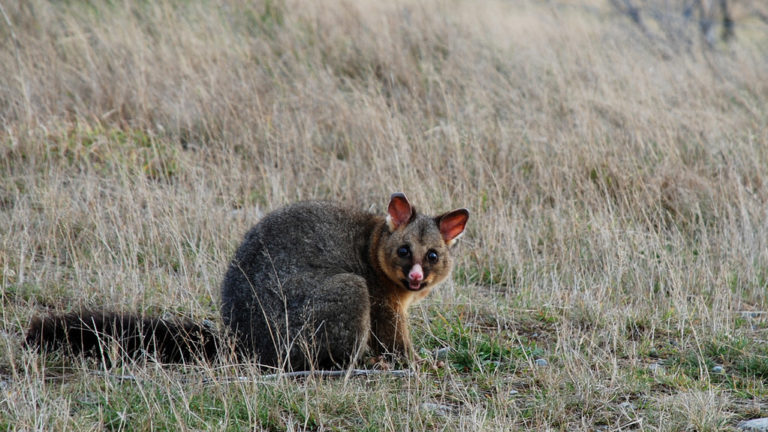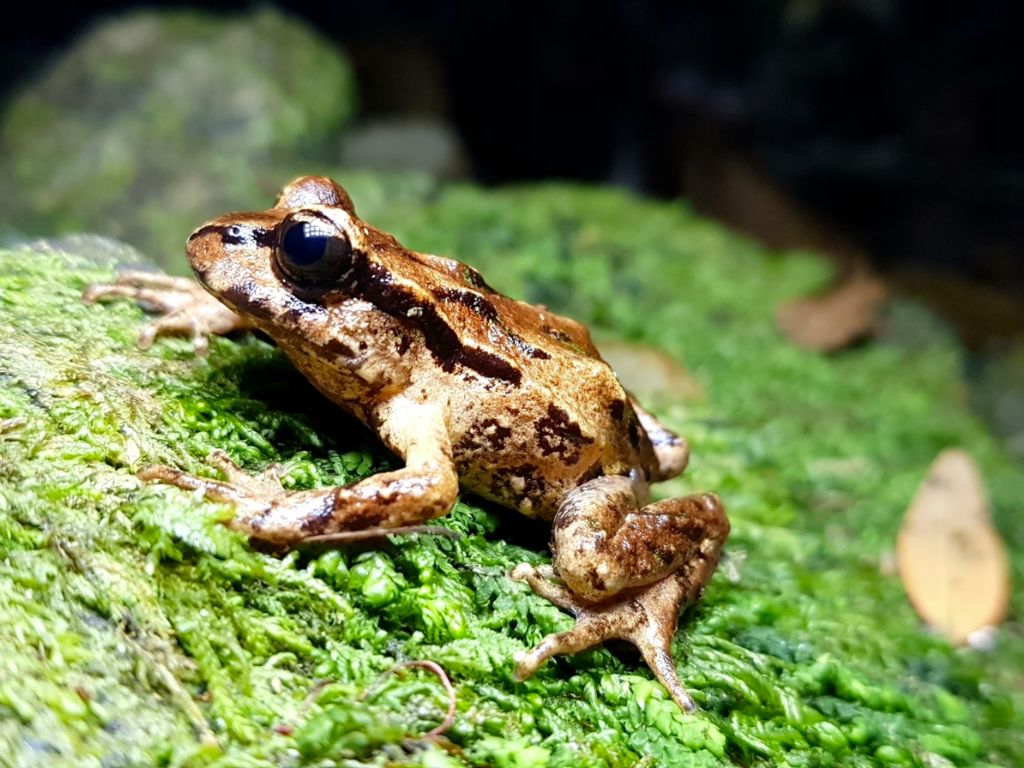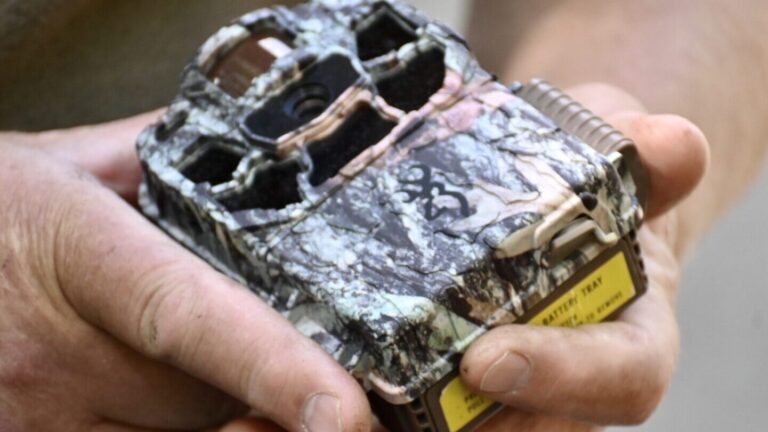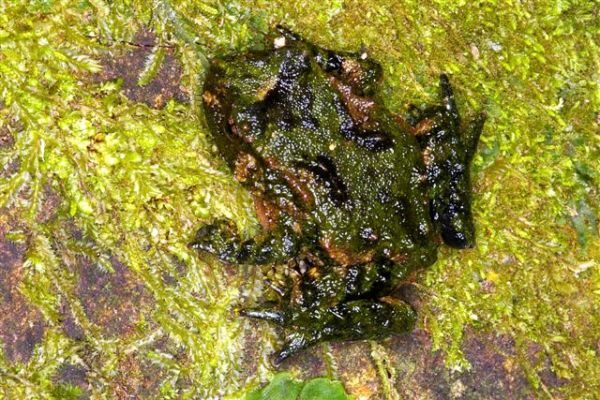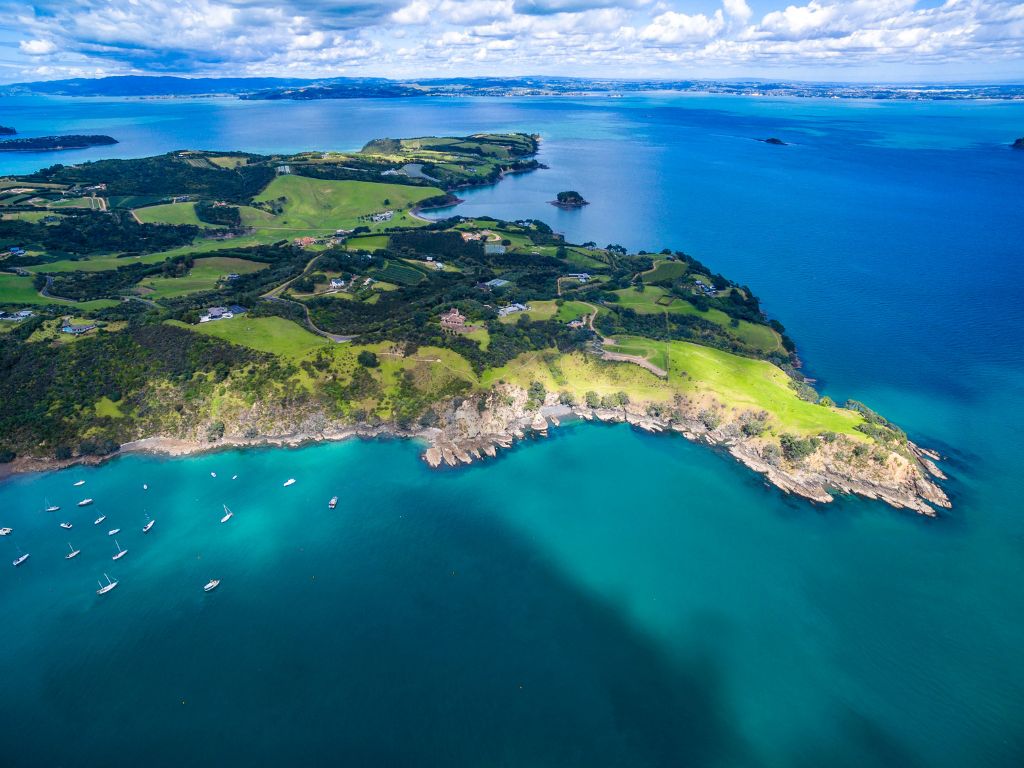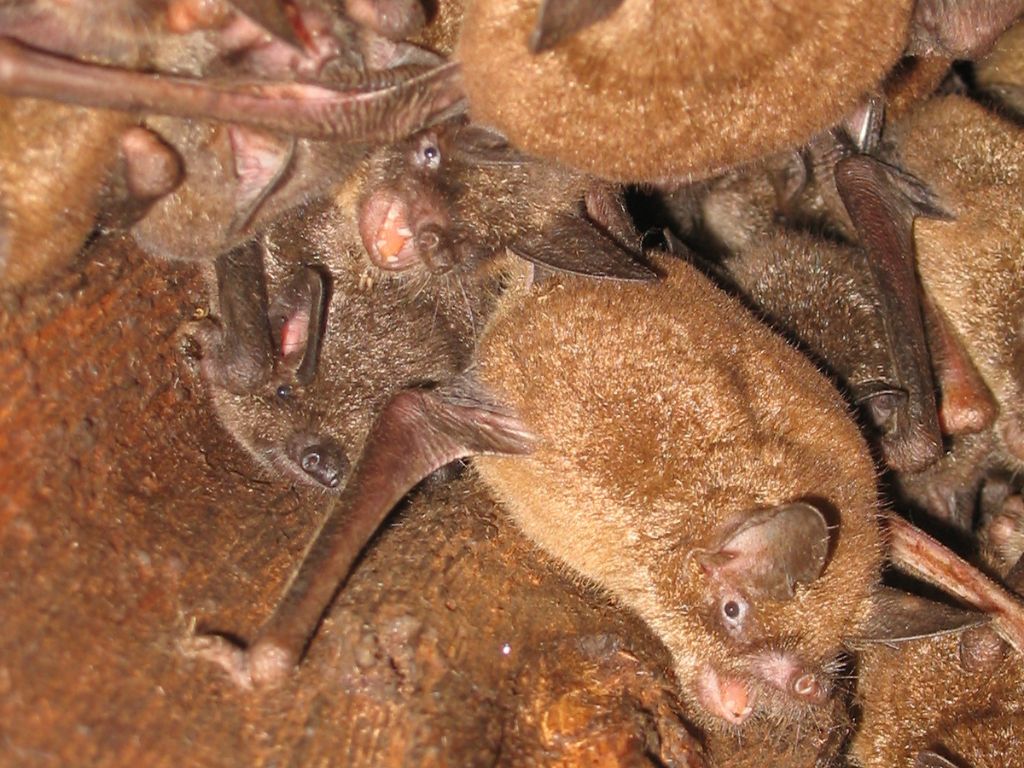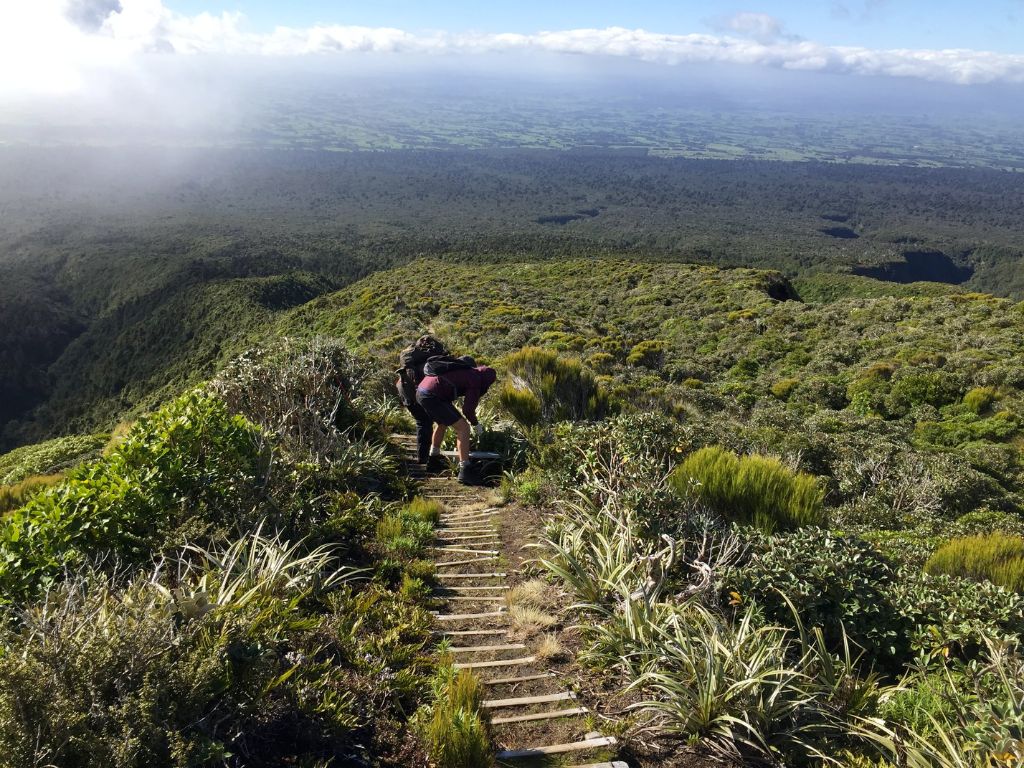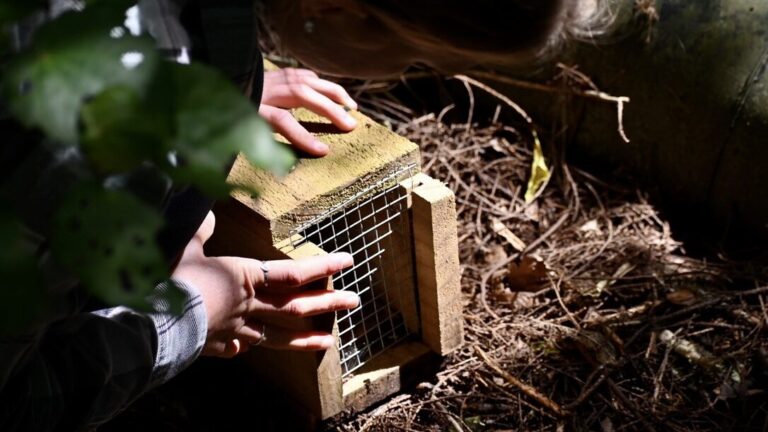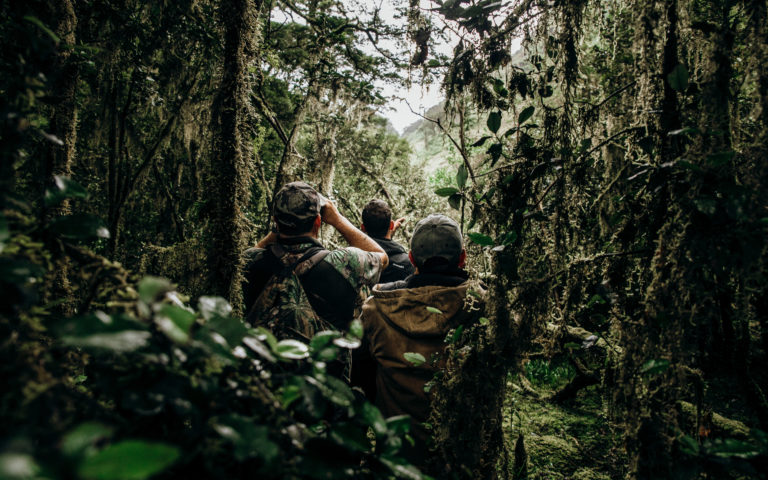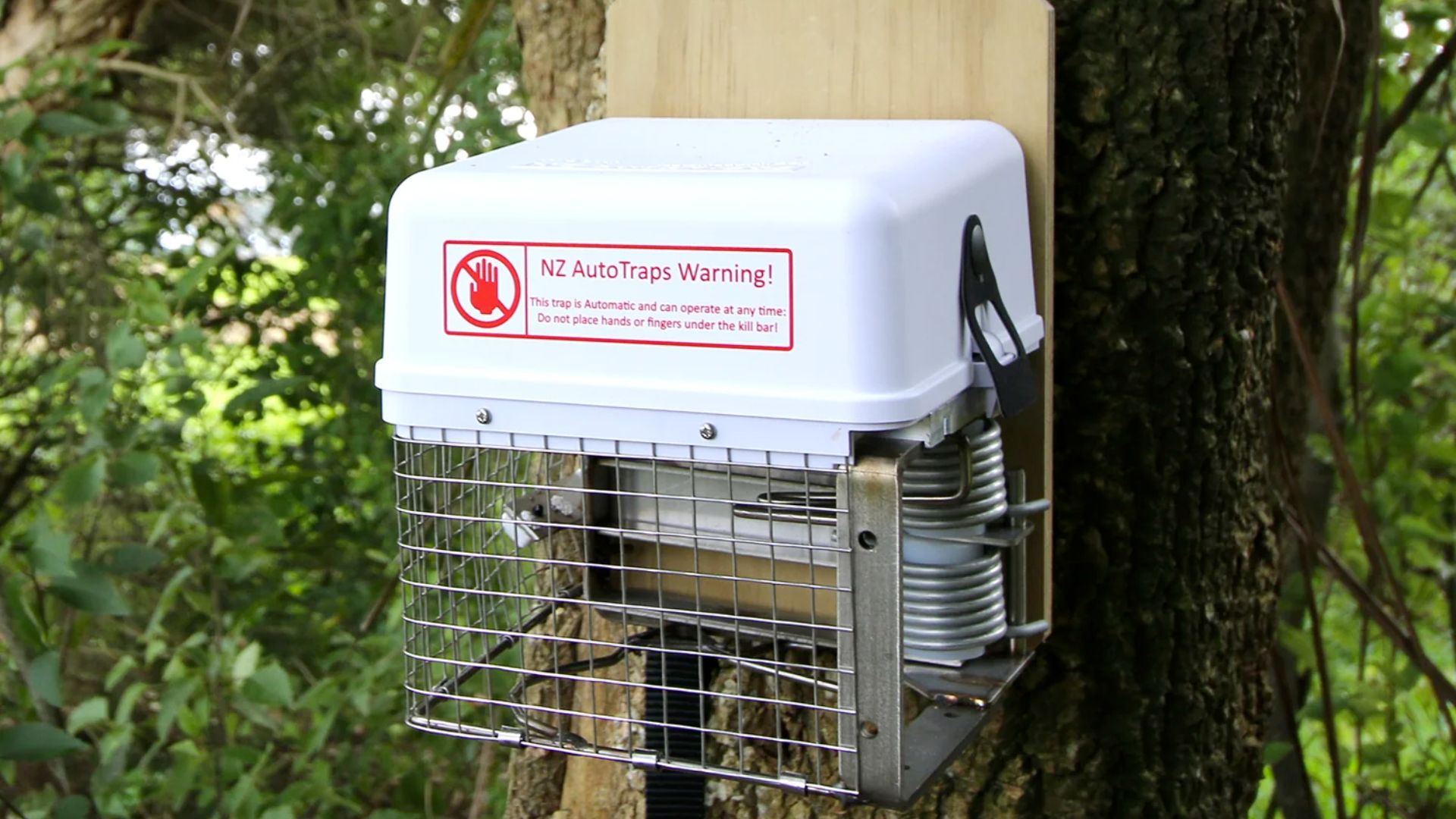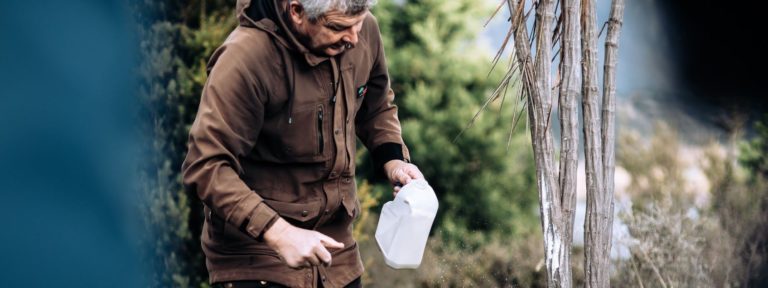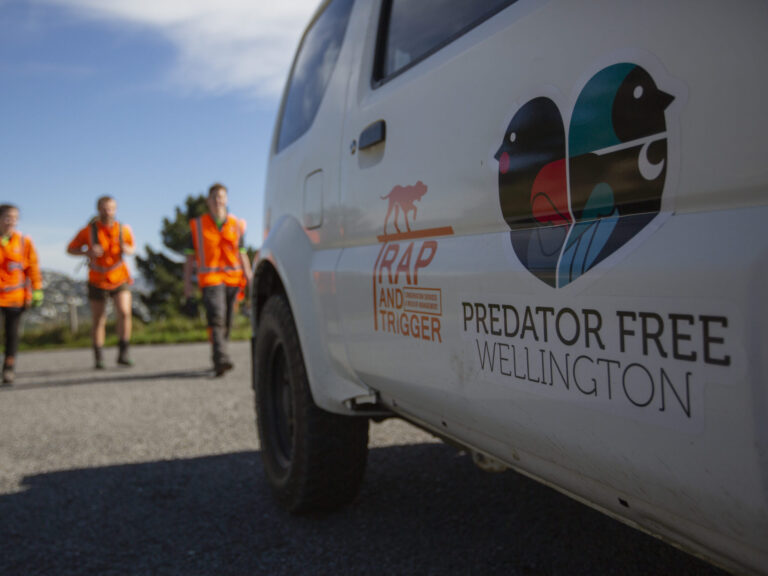The evolution of possum control from the 90’s till now
Possums are a serious threat to our forests and native wildlife. So, what is the best strategy for controlling them?
Protecting our tiny and precious native frogs
New Zealand only has four species of native frog left – Archey’s, Hochstetter’s, Maud Island and Hamilton – and they are all teetering on the edge of extinction.
Using cameras and artificial intelligence for monitoring
Cameras are used to monitor the abundance and distribution of wild animals. However, checking the images can be extremely time-consuming. Artificial intelligence can automate this process.
New detection devices, lures, toxins and traps
A number of exciting new predator control tools are currently in development and they could change predator control significantly for all of us.
Where to next for Kākāpō?
The kākāpō has been saved from extinction, but as the population grows, its future is still uncertain.
Waiheke Island — a world first?
Waiheke Island has an ambition to be the world’s first predator-free urban island. It’s a big challenge with 9,000 permanent residents and over one million tourists every year.
How to engage a community
Dan Henry has been a Miramar (Wellington) local for over 15 years and there’s nowhere else he’d rather be. Dan shares his knowledge in this webinar.
So you want to be a bat-spotter?
Ben Paris is a real-life conservation superhero. By day he works at Auckland Council but come night he is a champion for our only native land mammals.
Tailoring your approach to suit the landscape
Taranaki Taku Tūranga — Towards Predator Free Taranaki is an inspirational project that aims to protect and enhance the region’s precious taonga by removing rats, possums and mustelids.
Tailor your trap network – project design and layout
Find out how to design an effective trap network for stoats and rats. Goodnature’s Technical Expert, Sam Gibson, shares his experience, tips and tricks.
Maintaining zero predators
Once introduced predators are removed from a defined area, how can they be prevented from reinvading and re-establishing a population?
AT220 for Possums and Rats
The AT220 self-resetting trap was one of five ‘products to projects initiatives’ that recently received funding from Predator Free 2050 Ltd.
Expert Trapping Tips
‘Attention-to-detail’ is Cam’s number one tip for trapping. We can’t have ineffective kit sitting around, catching nothing.
Predator Free Wellington — Creating an Urban Environment for Nature
Predator Free Wellington started out with an incredibly ambitious goal to eradicate every rat, stoat and weasel on the Miramar Peninsula.

